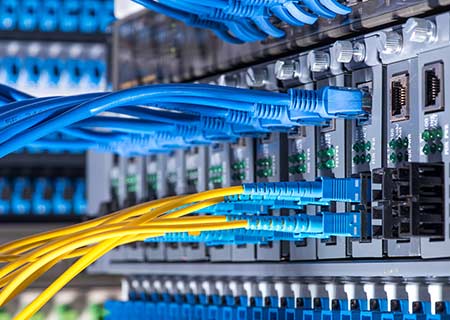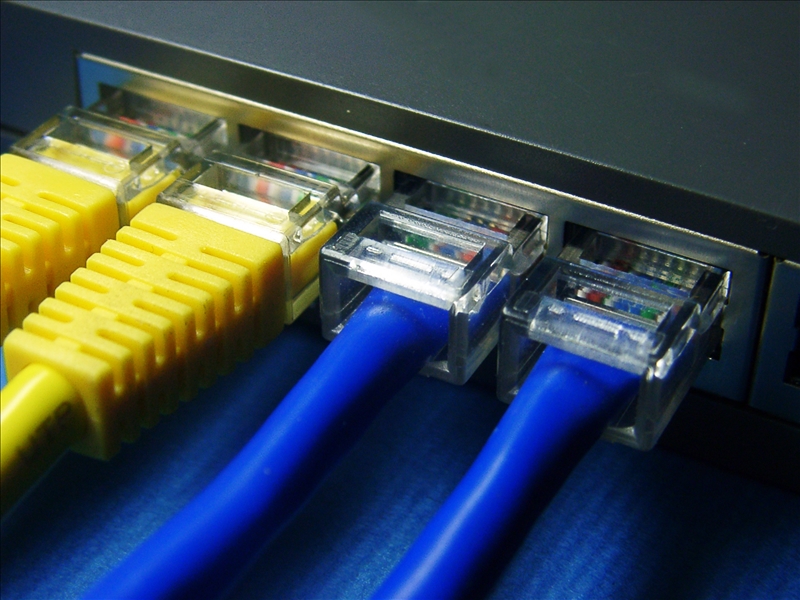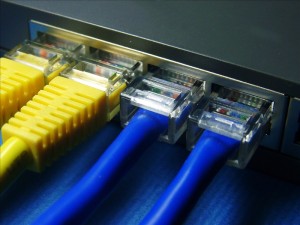
Three Most Important Reasons for a Network Upgrade
 Businesses continually are finding their networks to be growing in importance. As a result, some companies are finding that an upgrade for their older networks will be necessary in order to meet current and future demands. This article will discuss the three most important reasons for performing a network upgrade
Businesses continually are finding their networks to be growing in importance. As a result, some companies are finding that an upgrade for their older networks will be necessary in order to meet current and future demands. This article will discuss the three most important reasons for performing a network upgrade
Performance
Perhaps the most efficient way to improve a network’s performance is the improvement of LAN performance. Sound architecture will revolve around the deployment of 100-Megabit or Gigabit Ethernet switches with VLAN and Layer 3 capabilities. These network devices are emerging technologies that will be very important for network components like VoIP, which require a greater standard of performance.
Unlike the past, future networks will not be plug-and-play. Both latency and switching performance are increasingly growing in importance. As a greater number of features become layered upon the IP network, teams will find it more crucial to deploy switches and a network core that is capable of support.
Reliability
As organizations begin utilizing unified and multimedia communications over IP, including phones, video, and IM, the reliability of Internet connection from a top-performing, high-quality router will be essential. Its default settings can be later adjusted and fine-tuned to effectively control a company’s traffic to the Internet.
Security
As traffic will be carried over the same pipe and becoming increasingly unified, ensuring your organization has a dedicated firewall will become increasingly important. There are numerous network devices that are available in the market that feature an integrated firewall and router. However, a proven and sound practice that is gaining traction is acquiring a Cisco PIX or other firewall to focus on a specific purpose. In this kind of deployment, the firewall can concentrate on processing various types of traffic and the growing number of cyber threats that are coming over the network.
Progressive Office Cabling
Founded in 1986, Progressive Office’s success has been a direct result of years of commitment to seeking solutions on behalf of our clients in the Washington, D.C. and New York City areas. Efficiently working together, Progressive teams get cabling installed and operating as fast as possible while minimizing disruption and downtime. Call our toll free number (800) 614-4560 today.


 Academic institutions can garner all the benefits of the Internet age by integrating information and communications technology (ICT) with their teaching and learning environments. ICT is an extension of the term for information technology (IT), emphasizing the unification of telecommunications,
Academic institutions can garner all the benefits of the Internet age by integrating information and communications technology (ICT) with their teaching and learning environments. ICT is an extension of the term for information technology (IT), emphasizing the unification of telecommunications, 